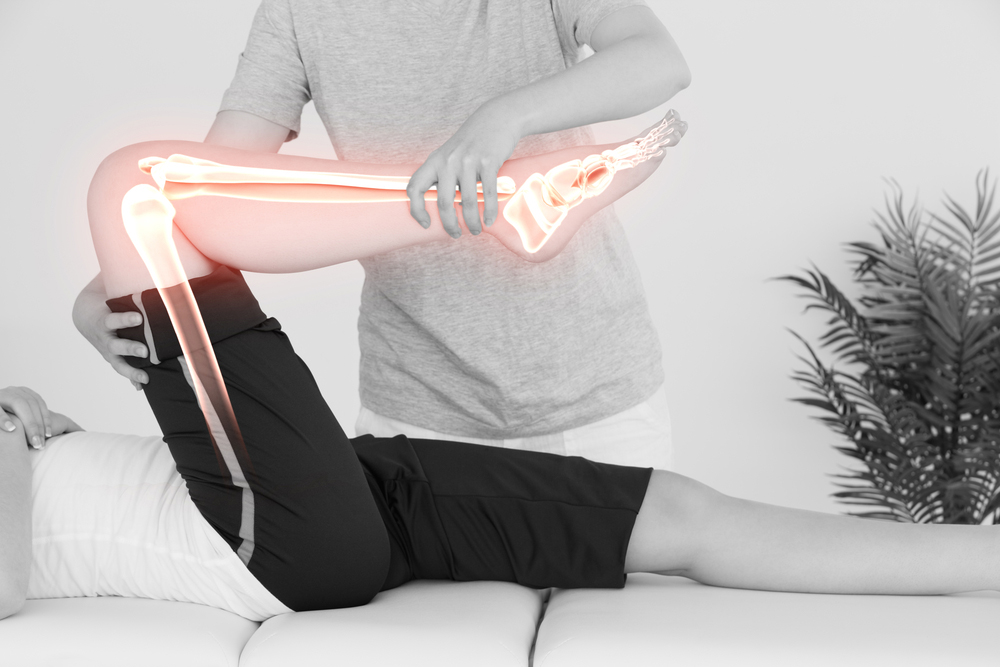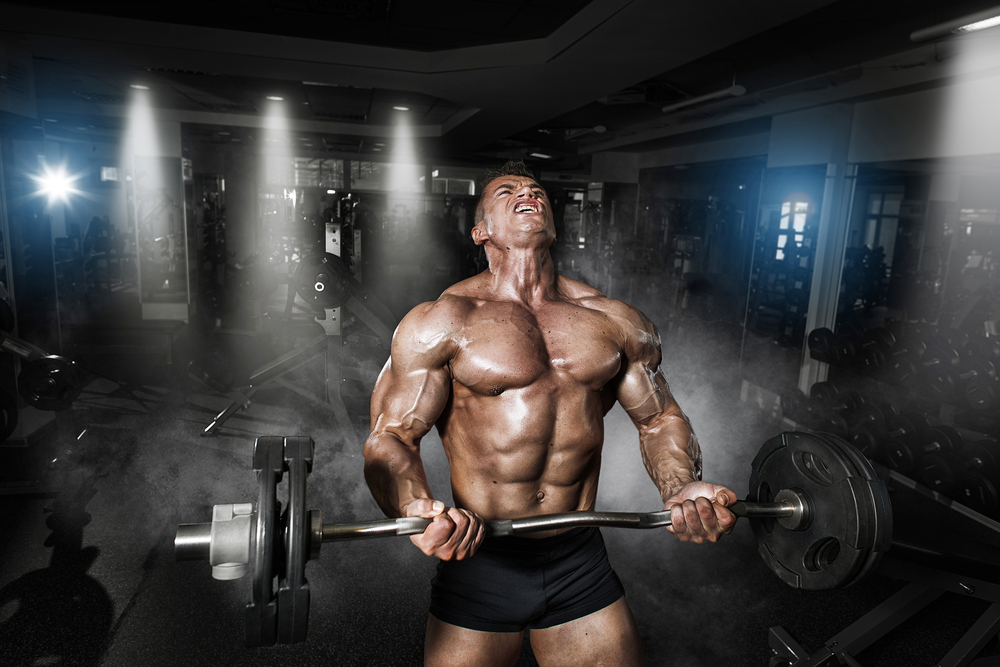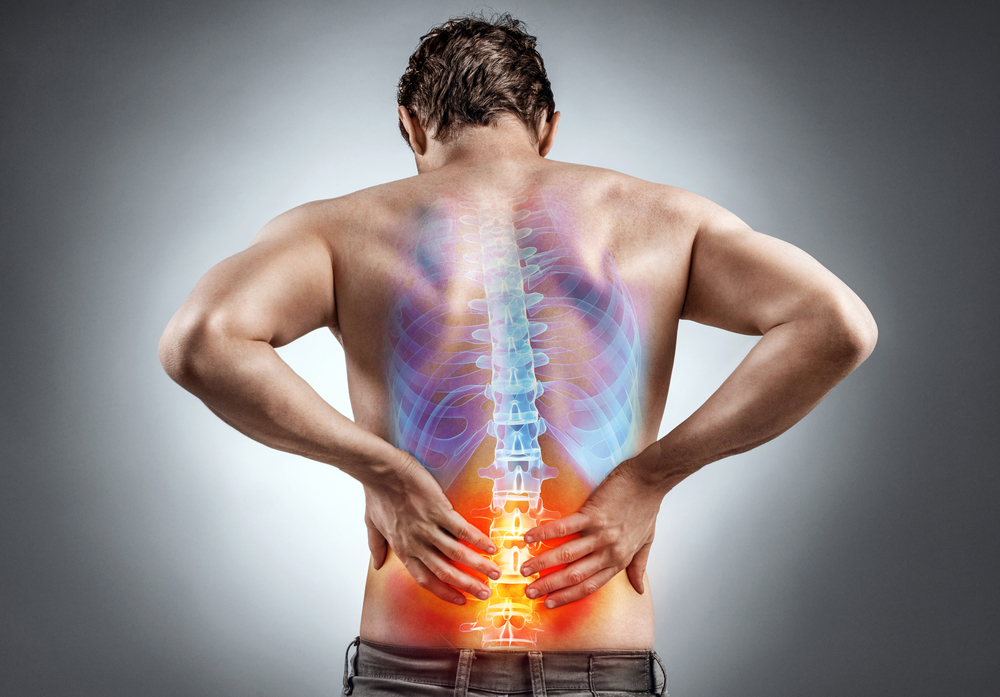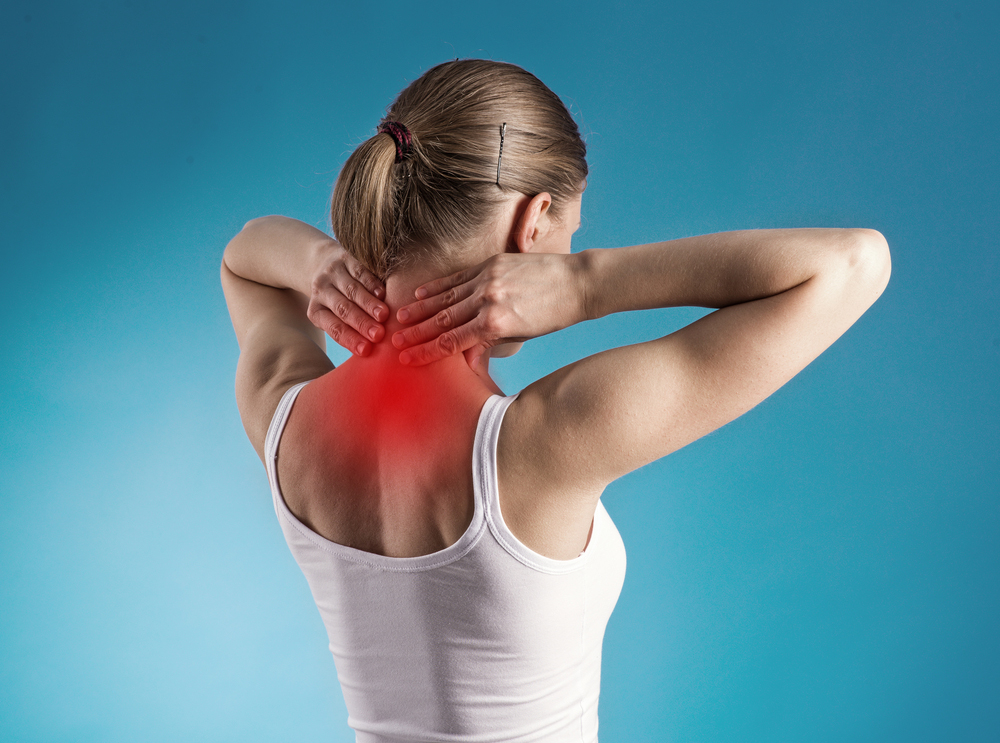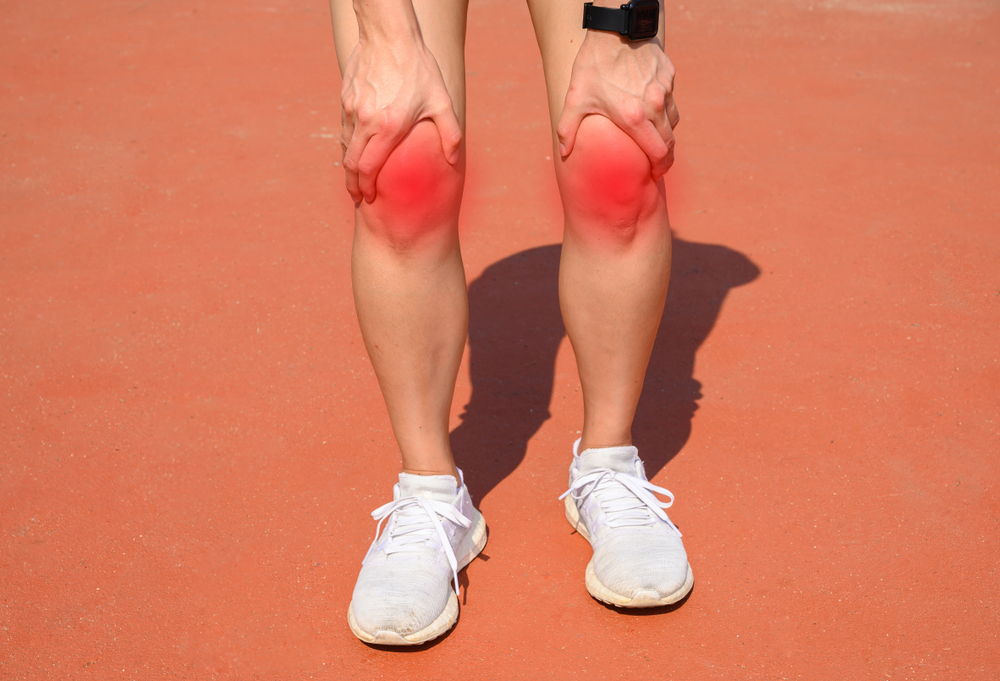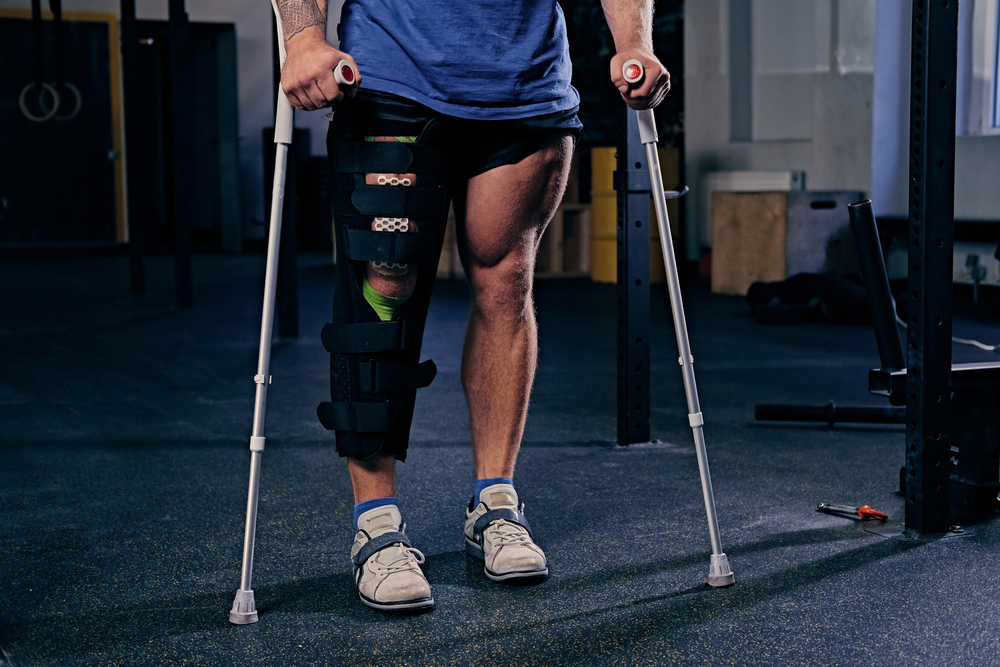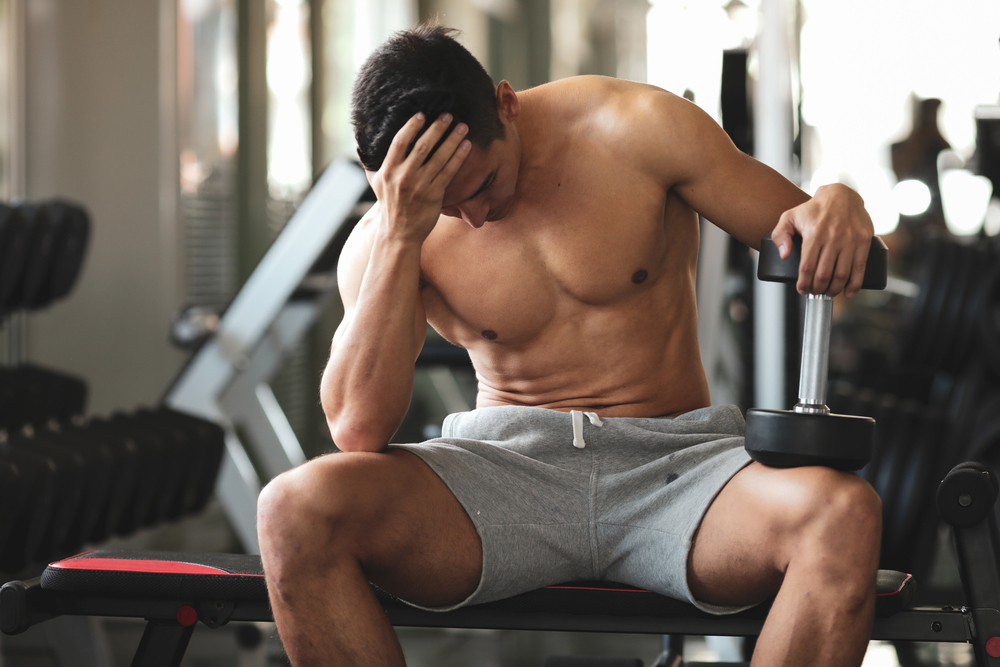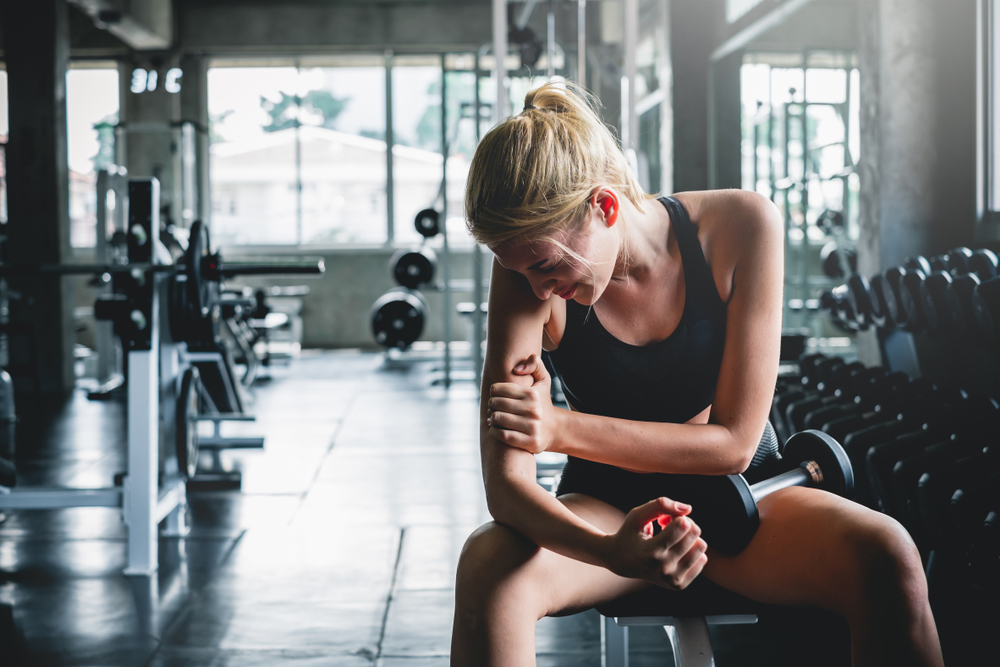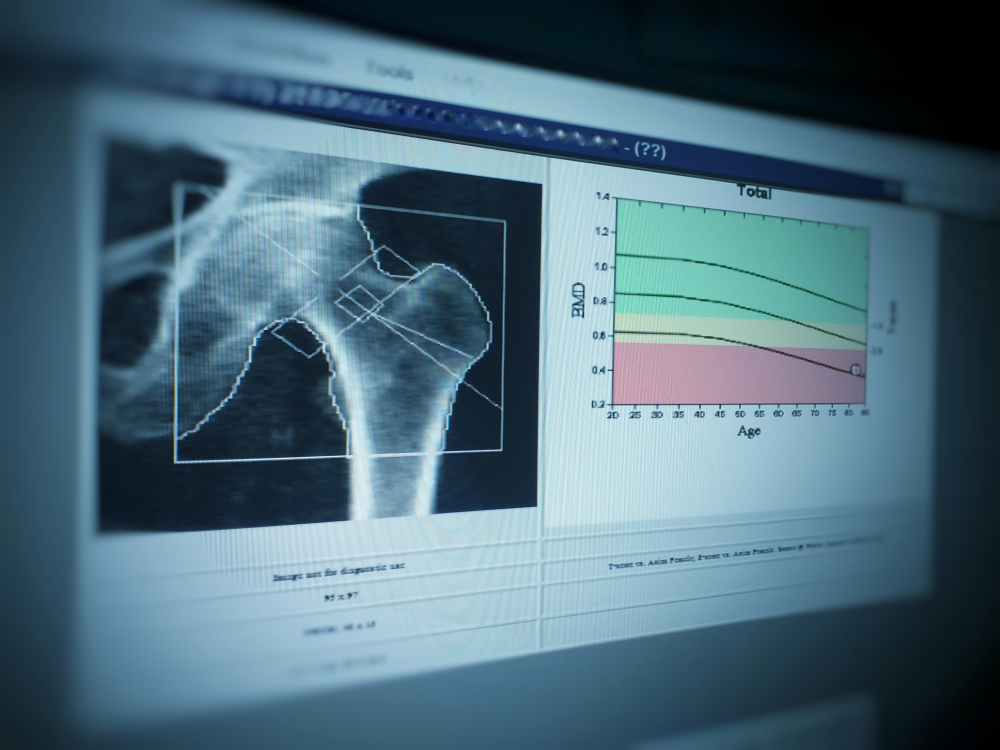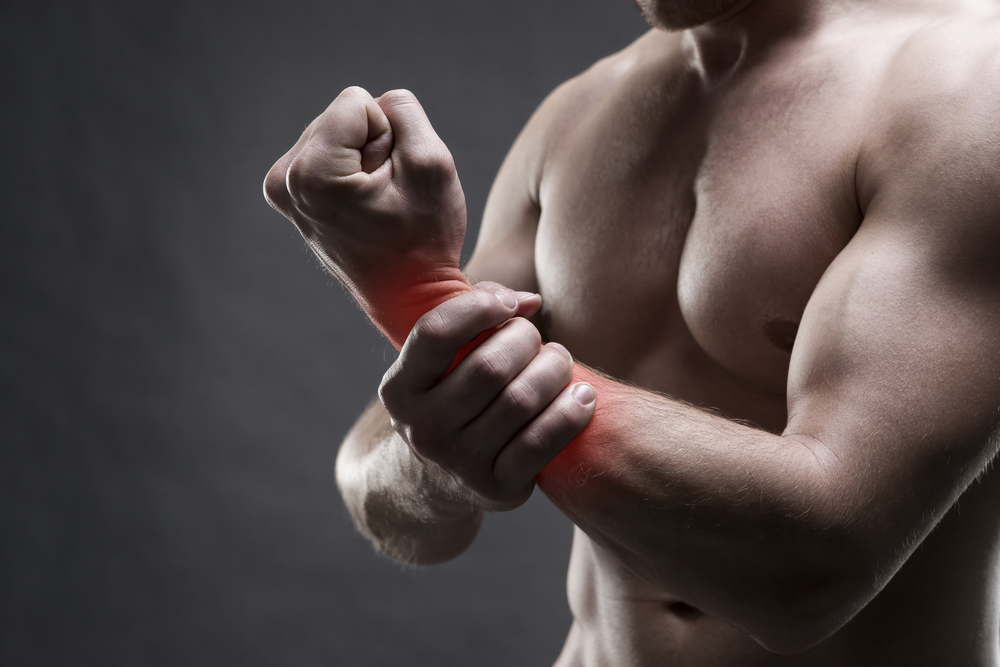Sportsmen and women perform intense technical movements with a large amplitude during training or competitions. This is not without consequences, as in the long term it can lead to injuries and fractures of the musculoskeletal system. Indeed, performed regularly, basic movements such as the bench press, squat, or deadlift can become dangerous, and this for factors that seem unimportant at the time.
The injuries they cause are created in a progressive manner. After a while, the athlete will feel some pain during the effort. This will lead to a reduction in his physical capacities: he will be unable to perform certain movements and his training volume will be reduced over time. At a certain stage, he may even be obliged to give up all sporting activities.
What are the causes of musculoskeletal injuries?
In order to understand this type of injury, it is necessary to know the causes.
Injuries related to age or pathologies
Lesions can be linked to more or less natural factors such as age or health-related disorders. They can be created from an anatomical anomaly such as the "tibia varum", responsible for the fatigue of the tibia. There is also the "valgus", which can be the cause of an injury to the posterior leg. These anomalies then create an "overuse injury", i. e. the more the movements are repeated, the more the trauma worsens. There are also metabolic factors such as elevated cholesterol levels or excessive uric acid in the blood.
Sports-related injuries
Some injuries are caused by certain harmful practices during training. This may be the equipment or technique used during exercise. Training at the limit of one's physical capacity and exerting violent exercises also accelerates the onset of physical injuries. Too much training frequency, a sudden increase in the volume of work over a period of time, a high intensity of work without rest, or an abnormal progression of exercises are also responsible for these injuries.
How do injuries to the musculoskeletal system manifest themselves?
This type of physical trauma affects several parts of the body, the most common being the bones, joints and muscles.
Bone injuries
These are stress fractures and periostitis. They are caused by overweight, too much repetition of an exercise or muscle imbalance.
Fatigue fractures
These are characterised by a fracture of the bones. The severity of the fracture and its location depend on the age of the athlete and the physical activity he or she performs. Most of the time, they affect the long bones, in this case on the upper third of the tibia. They can also affect the cancellous tissue, particularly in the tibial plateau, the neck of the femur and the calcaneus. When fractures are caused by excessive physical activity, they mainly affect the metatarsals and tibia and the vertebrae.
Periostitis
There is an inflammation of the membrane that forms the envelope of the bone. It manifests itself by a sensation of pain, burning or fatigue on the inside of the leg or shin during physical activity. For those who suffer from it, it is advisable to rest and take painkillers. This is because bone fractures are relieved by general rest or relief of the affected limb.
Joint injuries
The most recurrent are arthropathy, osteochondromatosis and degenerative lesions.
Arthropathy
It particularly affects those who practice weight-bearing sports, because of the repetitive pressure on the joints. It is aggravated when efforts are made without rest. The specific movements responsible are mainly bench press and squat. To alleviate this type of injury, you must rest.
Osteochondromatosis
It affects the joints of the knee, elbow, hip, shoulder, ankle or hand. The symptoms are swelling of the joints and reduced mobility. It is related to repeated violent shocks.
Degenerative injuries
This type of joint trauma only appears from a certain age, following physicalhyperactivity over a long period of time or an anatomicalanomaly such as acetabular insufficiency. Degenerative injuries cause joint stiffness and reduced joint mobility.
Muscle injuries
This is mainly the syndrome of lodges, due to an abnormal increase in muscle pressure. It is manifested by the swelling of a muscle which has been overused. It mainly affects the calves and the forearm. It causes muscular and nervous pain during efforts, which can lead to the cessation of the sport in question.

